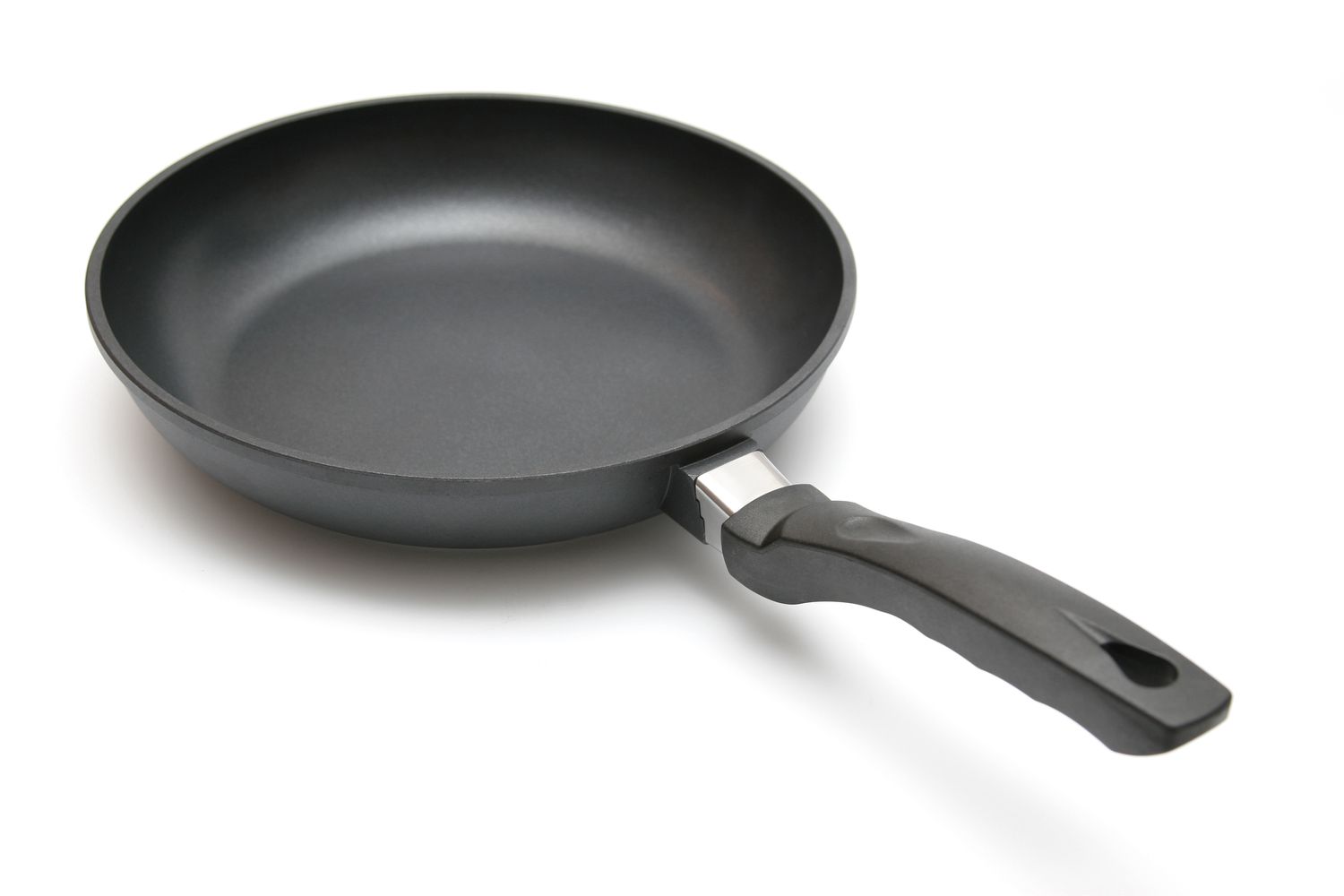TEFLON
Chemically, Teflon is polytetrafluoroethylene — a polymer of tetrafluoroethene.
Polytetrafluoroethylene (abbreviated PTFE; sometimes also Polytetrafluoroethylene) is a polymer of tetrafluoroethylene that was first prepared by chemist Roy J. Plunkett at DuPont. Polytetrafluoroethylene is mainly known under its trade name Teflon (or Teflon). Other trade names used for polytetrafluoroethylene are Dyneon™ PTFE (formerly Hostaflon™) and Gore-Tex™ (PTFE membranes).
PTFE belongs to the group of polyhaloolefins, which includes e.g. also PCTFE — polytrifluoromonochloroethene. It belongs to thermoplastics, although it has some properties that are more typical of reactive plastics. The melting point of PTFE is approximately 327 °C, but its properties change already at a temperature of 260 °C, decomposition occurs above a temperature of 350 °C.
History
3D model of part of the PTFE molecule.
Despite the widely held incorrect claim that PTFE originated as a material for space flights that began only in 1957, its history dates back to 1938. At that time, PTFE was accidentally prepared by Roy J. Plunkett while experimenting with tetrafluoroethylene as a cooling medium for refrigerators. Plunkett forgot to refrigerate the tetrafluoroethylene (TFE) cylinders overnight. By the next day, the gas in the bottles had partially turned by polymerization into a white solid—PTFE. The industrial process of producing PTFE is still called after its discoverer. This consists in the polymerization of tetrafluoethylene at high pressure in the presence of initiators (peroxides). In 1941 DuPont obtained a patent for the production of PTFE, in 1944 Teflon became a registered trademark.
The first practical use for PTFE was found in 1943 — corrosion protection in the manufacture of the atomic bomb. Its coating on centrifuges and pipelines protected the material from the highly corrosive gas uranium fluoride (UF6). Later, French chemist Marc Grégoire applied a layer of Teflon to fishing line, which then unwound faster. It was his wife Colette who came up with the idea in 1954 that Teflon could be used as a surface for pots and pans.
Features
Teflon is used as a surface for pans and other kitchen utensils.
PTFE is characterized by several exceptional properties:
PTFE is almost unreactive. Strong acids, such as royal jelly, do not react at all with PTFE. The reason is the very strong bonds between carbon and fluorine atoms, because fluorine is the element with the highest electronegativity (x = 4.0) and forms a very polar and stable bond with carbon (x = 2.5). So far, we know of few compounds that can chemically destroy PTFE — for example, molten sodium or fluorine.
PTFE has a very low coefficient of shear friction (f(steel–teflon) = 0.04). Two PTFE surfaces slide over each other as well as two ice surfaces. In addition, this coefficient is almost the same for both static and dynamic states, so the transition of the body from rest to motion is very easy.
Almost nothing sticks to a surface made of PTFE because it has an extremely high surface tension compared to other materials.
Density: 2.1–2.3 g/cm³, Hardness according to Shore D 55 to D 60
High resistance to elevated temperature, all acids, alkalis, alcohols, ketones, oils, etc. PTFE can be used at a temperature of up to 260 °C without changing its properties (at a temperature of 400 °C, pyrolysis produces toxic products, for example fluorophosgene COF2). PTFE is frost-resistant to −200 °C; physiologically completely indifferent.
High coefficient of thermal expansion, phase transition from triclinic crystal lattice to hexagonal at 19 °C accompanied by volume change.
Non-flammable, decomposes in a strong glow to form hydrogen fluoride, gaseous exhaust gases are poisonous and can cause the so-called in humans. "teflon fever".
Refractive index approx. 1.34 — only slightly different from water (1.333).

